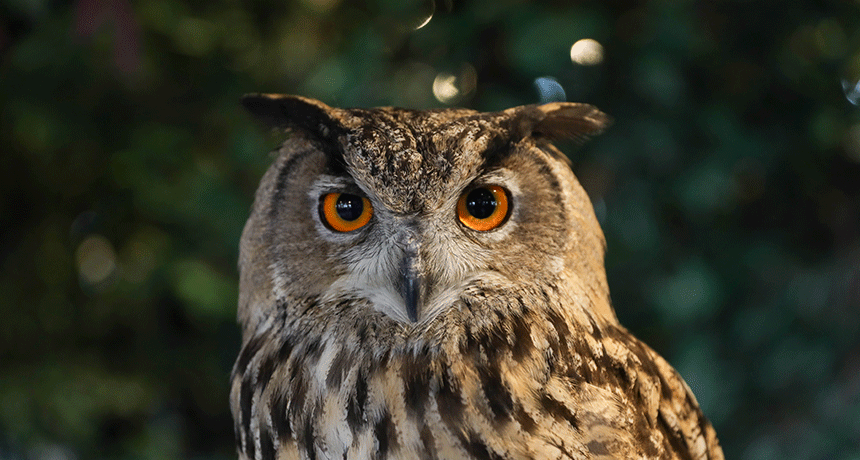bat A type of winged mammal comprising more than 1,100 separate species — or one in every four known species of mammal.
birds Warm-blooded animals with wings that first showed up during the time of the dinosaurs. Birds are jacketed in feathers and produce young from the eggs they deposit in some sort of nest. Most birds fly, but throughout history there have been the occasional species that don’t.
bug The slang term for an insect. Sometimes it’s even used to refer to a germ.
diurnal An adjective for some activity that is done during the day, or some organism that is active during the day.
insect A type of arthropod that as an adult will have six segmented legs and three body parts: a head, thorax and abdomen. There are hundreds of thousands of insects, which include bees, beetles, flies and moths.
mammal A warm-blooded animal distinguished by the possession of hair or fur, the secretion of milk by females for feeding their young, and (typically) the bearing of live young.
nocturnal An adjective for something that is done, occurring or active at night.
organism Any living thing, from elephants and plants to bacteria and other types of single-celled life.
species A group of similar organisms capable of producing offspring that can survive and reproduce.

